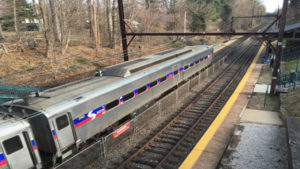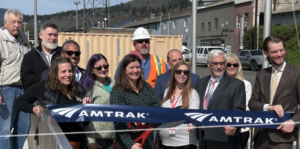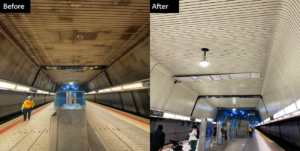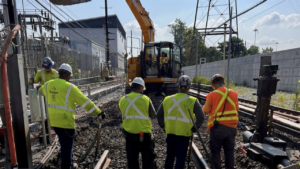New plan: Billions of dollars and years more needed for Cali HSR
Written by Stuart Chirls, senior editor, Railway Age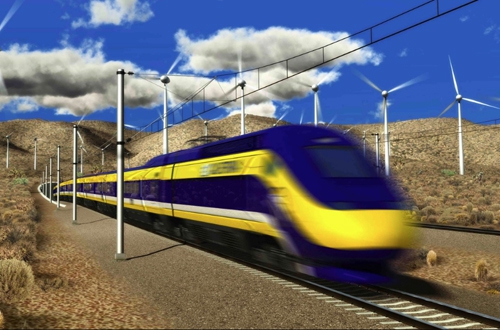
California's proposed high-speed rail system will cost $13 billion more and take four years longer to build than original estimates.
The California High Speed Rail Authority on March 9 announced that the line connecting Los Angeles to San Francisco would now cost $77.3 billion – and as much as $98.1 billion – from estimates two years ago.
The first trains won’t operate between San Francisco and Bakersfield until 2029 at the earliest, and the full system would not begin operating until 2033.
The new estimates were part of a draft 114-page business plan issued by the rail authority ahead of public hearings and formal submission to the State Legislature in about 60 days.
In the original business plan, the authority said it had only enough money in the bank to build an initial operating system, counting on private investment to fund completion of the system. The funding gap at that time was $40 billion, which is certain to rise under the new estimates.
Authority chief executive Brian Kelly said the new plan is based on a wide range of uncertainties, including the cost of more than 35 miles of tunnels in Southern California, which could cost from $26 billion to $45 billion.
“These are the best estimates we have to date,” Kelly said, adding the mega-project cannot be completed on a “pay as you go” approach.
The report has not changed the position of Gov. Jerry Brown, a longtime champion of high-speed rail. In his recent State of the State address, Brown said, “I make no bones about it. I like trains and I like high-speed trains even better.”
The revised completion date of 2033 is contingent on full funding.
The authority recently disclosed that current construction in the Central Valley of 119 miles of track between Wasco and Madera would now cost $10.6 billion, up from about $6 billion.
One of the top priorities now, Kelly said, is to fulfill the state’s obligations under $3.5 billion in grants that the Obama administration provided, which require that 119 miles of track be completed and all of the project’s environmental clearances be obtained by 2022. Theoretically, Washington could ask for its money back if those requirements are not met.
The plan also estimates it will cost $29.5 billion to build an initial operating segment from San Francisco to Bakersfield, up from
$21 billion. Other increases total $4.6 billion for the remainder of the system, even accounting for inflation over the four-year delay.
The project has faced mounting criticism and difficulties acquiring property, as well as lawsuits from counties, water agencies, farm bureaus and cities, that caused delays and sharply drove up costs.
Environmental reviews alone soared from a projected $388 million in 2010 to more than $1 billion.
Voters nearly a decade ago approved a $9-billion bond to build a high-speed system, with the federal government paying a third of the estimated $33-billion project and private investors covering another third. Washington only added $3.5 billion and Republicans have vowed not to add any more. Private investors have said they would not commit without a guarantee that they won’t lose money.

